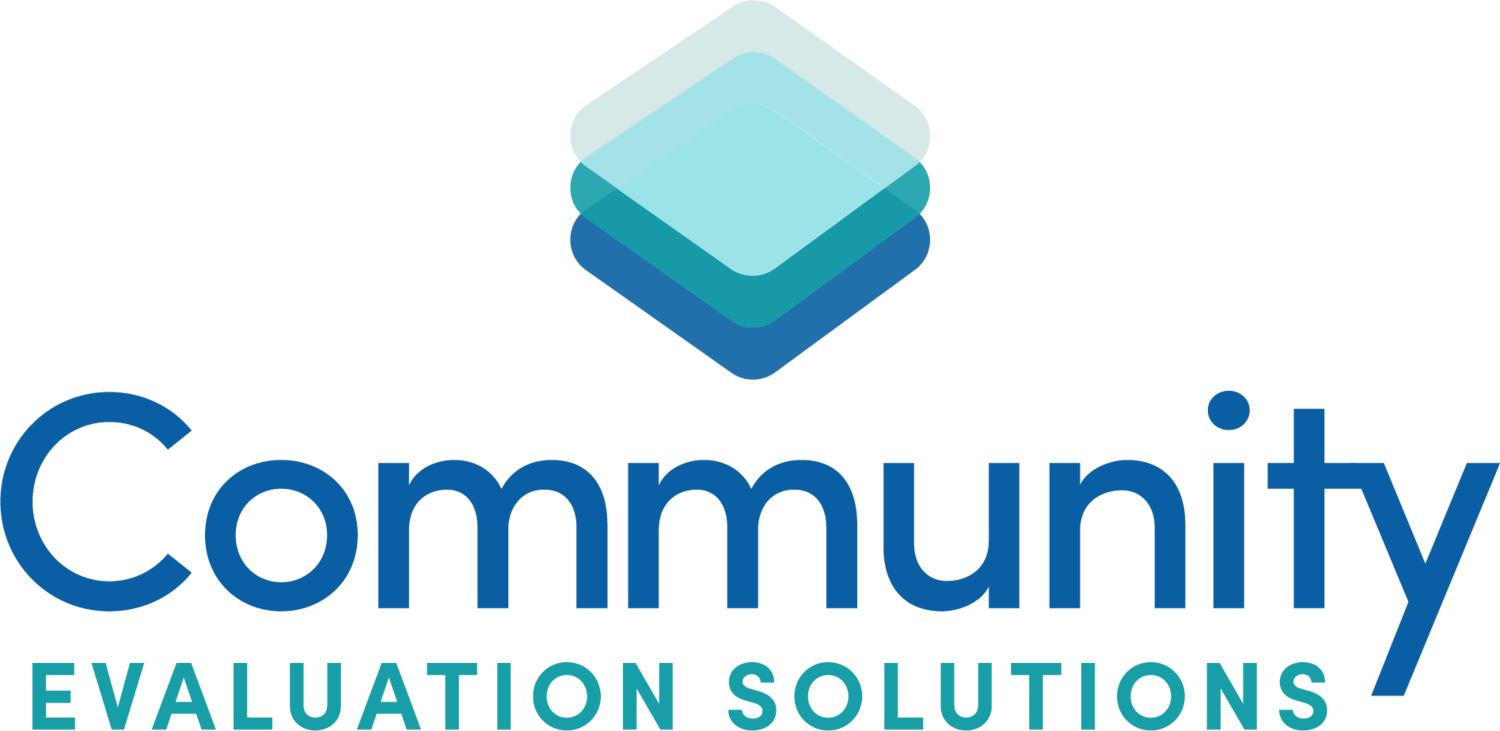A Failure to Plan…
“A goal without a plan is just a wish.” ― Antoine de Saint-Exupéry, writer and pioneering aviator
Two things people who know me will tell you is that I love to cook and I love to travel. I am purposefully working through my bucket list and it is a very long list!
For a long time, Alaska has been one of the places I most wanted to see. So, in 2019, I finally made it happen. My family and I spent two weeks driving the interior of Alaska. The trip involved 23 hours of driving, two small plane flights, 3 national parks, a ferry ride, and a hike on a glacier. I planned this trip for about 8 months. I read about the “Last Frontier,” I spoke with friends who had made the trip, followed bloggers, and spent hours researching on the internet.
We had an amazing adventure. We ate some of the freshest seafood I have ever had -- and that is saying a lot since I grew up in Florida. We saw wildlife and glacier after glacier. We met some amazing people that I don’t think I will ever forget.
And then this happened…
I promise I did not use a filter on this picture. This gloomy shot was the result of one of the many fires that burned in Alaska this summer. Record temperatures and dry conditions created fires later in the season than ever before, damaging thousands of acres, destroying property, and contributing to air pollution. In Alaska, climate change is a reality, not just a political argument.
For my family, the impact was a disappointing inconvenience. It meant a 3-hour wait in traffic on Sterling Highway only to be turned around when the Swan Lake fire jumped the road. We were forced to regroup and punt since the Homer leg of our trip was just not going to happen. We made the decision to head back to Anchorage. Unbeknownst to us, there was another fire between Denali and Fairbanks, causing smoke to hang over Anchorage for the rest of our trip.
But life is like that right? We make a plan, we do the research, invest the time, but things just don’t turn out the way we want.
In community work, things like this happen all the time. It’s hard to get a group of community members, all representing different organizations with different agendas, to envision a common purpose for their community. It is just like herding cats.
That’s why I find logic models so darn helpful. They may be despised by some, but I believe they are despised because they are oftentimes overly complicated. (I certainly have been guilty of creating a few that were way too complicated myself). But I have experienced over and over again a situation in which the program staff and leaders just knew they could explain their program clearly. Until we went through a logic model process, and they couldn’t.
Lately, I hear more nonprofit leaders, coalitions, and collaboratives sighing over the thought of creating yet another logic model. If this is the case, a tearless logic model is a great way to develop a logic model without ever mentioning the words “logic model,” “activities” or “outcomes.”
Another reason logic models are, well let’s just go with “not held in high esteem,” is because many nonprofit or community leaders just do not know what to do with it once they have one. Short of using it as training paper for your pup….here is why you might need one and how you should use it.
This list is in honor of the community coordinator who recently asked me, “WHY DO I NEED A LOGIC MODEL” &%$%$!!!!!!.
A logic model helps:
Serve as an organizational development tool. It helps your organization define its vision and goals, gets everyone on the same page, and everyone understands where they fit in the work.
Explain to others (funders, community members, etc.,) in a visual way, what you want to accomplish.
Make clear to you (and your board) what to say “Yes” or “No” to.
Clarify what is feasible and achievable.
Connect the dots so that your work is linked (activities lead to outcomes).
Define your evaluation questions.
Ensure you have what you need to be successful.
Test the “logic” of your program or strategy: Is what you are doing really going to result in the outcomes you propose?
Demonstrates your commitment to high-quality work.
Serve as a program management tool that drives your work plan.
Satisfy a funder’s “request” for a logic model.
Guide your next step. It is your roadmap when you get lost.
Getting back to my Alaska trip, and I wish I could go back…Because I had done all of that research and had planned so well when we were thrown that curveball, we could manage our next step. We got out of the map, thought through our options, and made the best decision we could under the circumstances.
Working for social change is like that too. Your programs and strategies don’t always turn out the way you planned. You lose that critical funding you were counting on, staff leaves, stakeholders come and go, local politics influence your program in not so great ways. Things happen!
Having a logic model is that guidepost you need in order to plan for change. It is the roadmap when things just don’t work out as you planned.
Ready to get started? I promise, no tears.


